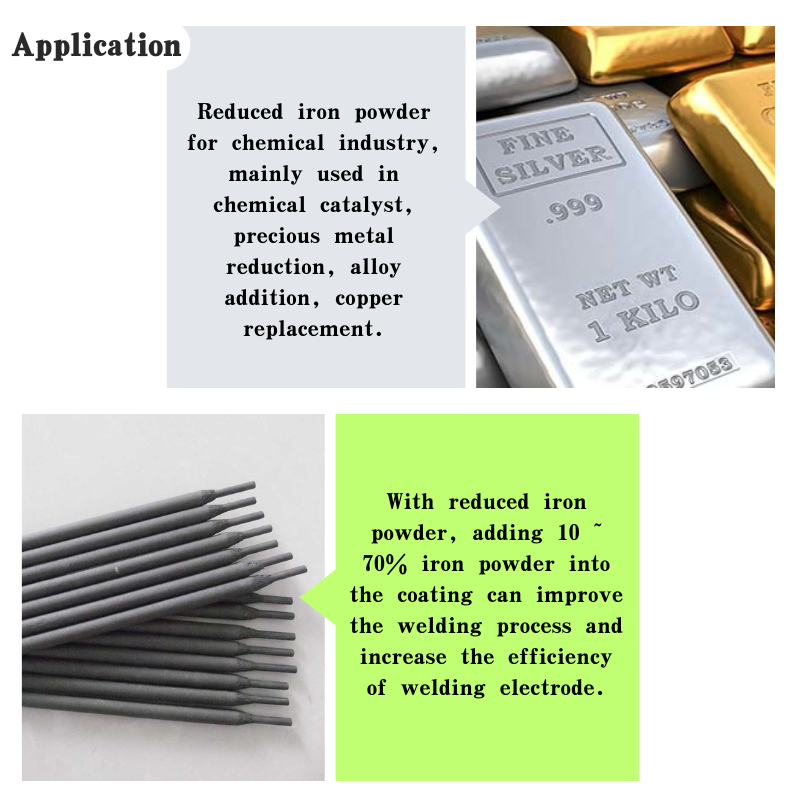
Synthesis Methods and Strategies for Inorganic Compound Development and Characterization
Synthesis of Inorganic Compounds Methods and Applications
Inorganic compounds, which include a vast range of substances such as metals, minerals, and coordination complexes, play a crucial role in various scientific fields, including chemistry, materials science, and engineering. The synthesis of these compounds is essential not only for understanding their properties but also for the development of new materials and technologies. This article explores some common methods used in the synthesis of inorganic compounds, their significance, and their applications.
One of the most widely used methods for synthesizing inorganic compounds is solid-state synthesis. This technique typically involves the direct fusion of reactants at high temperatures to form new compounds. Solid-state synthesis is particularly valuable for preparing complex oxides, ceramics, and superconductors. An example of its application is in the production of high-temperature superconductors, which have critical applications in power transmission and magnetic levitation.
Another prevalent method is solution-based synthesis, which includes techniques such as sol-gel processing and hydrothermal synthesis. Sol-gel processing allows for the formation of inorganic networks through the hydrolysis and condensation of precursor solutions. This method is particularly beneficial in creating nanoparticles, thin films, and other advanced materials. For instance, silica and metal oxides produced via sol-gel techniques are extensively employed in catalysis and as optical materials.
synthesis of inorganic compounds

Hydrothermal synthesis, on the other hand, involves the crystallization of compounds from aqueous solutions at elevated temperatures and pressures. This method is tailored for synthesizing zeolites, metal-organic frameworks (MOFs), and other crystalline materials. The unique environments created in hydrothermal systems enhance the solubility of reactants and promote the formation of complex structures, which are vital for applications ranging from catalysis to gas storage.
Another important synthesis method is the use of ligand-assisted techniques, which often involve coordination chemistry. By manipulating ligands, chemists can influence the properties and stabilities of transition metal complexes. This approach is fundamental in various applications, such as in catalysis, where specific complexes are used to facilitate chemical reactions under milder conditions. Furthermore, these complexes play significant roles in biological systems and materials science.
The significance of synthesizing inorganic compounds extends beyond the laboratory. These materials are pivotal in everyday applications, from pigments and catalysts to semiconductors and magnets. For example, titanium dioxide (TiO2), a widely synthesized inorganic compound, is utilized in sunscreens and paints due to its excellent UV-blocking properties. Similarly, transition metal compounds serve as essential catalysts in various industrial processes, enhancing reaction rates and selectivity.
In conclusion, the synthesis of inorganic compounds encompasses a diverse range of methods, each tailored to specific types of materials and desired properties. With continued advancements in synthesis techniques and a deeper understanding of inorganic chemistry, the potential applications of these compounds will undoubtedly expand, leading to innovative solutions across numerous fields. As research progresses, the exploration of novel synthesis methods will pave the way for the next generation of materials, thereby shaping the future of technology and industry.
Share
-
Vermiculite Wholesale – Premium Quality, Bulk Supply & Competitive PricingNewsJun.10,2025
-
Premium Glass Pebbles Custom Glass Pebbles Factory & OEM Manufacturer Reliable Custom Glass Pebbles FactoriesNewsJun.10,2025
-
Expert Custom Zeolite Producers Manufacturers & FactoriesNewsJun.10,2025
-
Custom Glow in the Dark Beads High-Quality Custom ManufacturersNewsJun.10,2025
-
China Ceramsite Balls Factory - Lightweight & Durable Media Solutions ManufacturerNewsJun.09,2025
-
Custom Matte Mica Powder Manufacturers High Quality & AffordableNewsJun.09,2025






